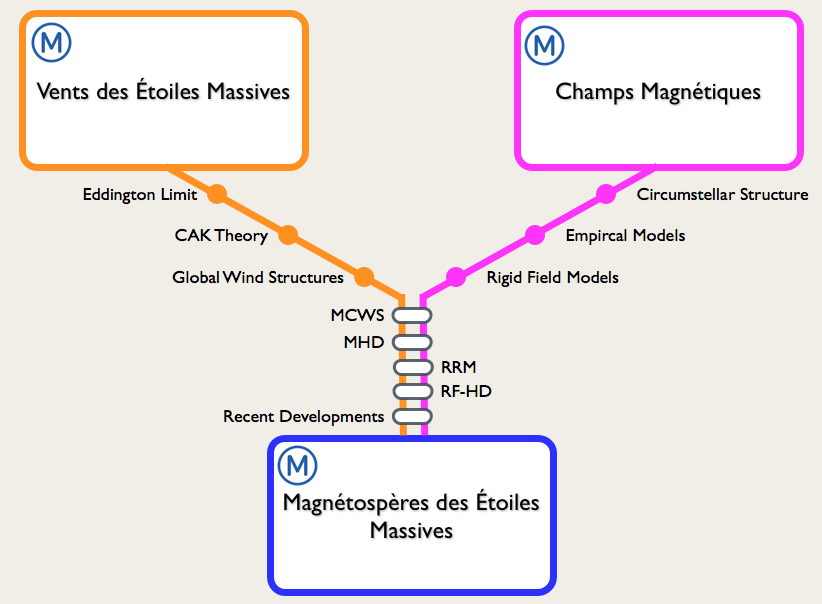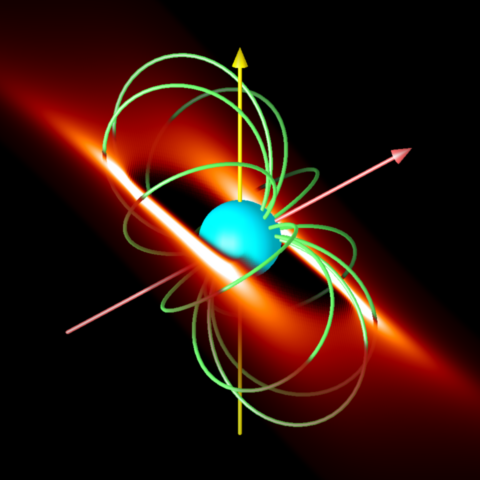CULSP: Climbing aboard the GPGPU bandwagon...
Oct 19 2010, 14:22
Following on from my talk at GTC-10, I've completed a new paper (to be published in the Astrophysical Journal Supplement Series) that introduces CULSP, a code for calculating the Lomb-Scargle (L-S) periodogram using graphics processing units. The L-S periodogram can be viewed as an extension of traditional Fourier analysis to time-series data that suffer from uneven sampling and/or gaps (see Scargle 1982, for a full description). Its computational cost scales as N2, where N is the number of points in the time series; this becomes quite expensive for the large datasets being produced by missions like Kepler.
As the paper demonstrates, CULSP can outperform an equivalent parallelized CPU code by a wide margin. Specifically, comparing a high-end GPU system (NVIDIA Tesla C1060) against a high-end CPU system (2 x 2.33 GHz Xeon E5345, 8 cores total), the difference in execution times approaches a factor 30 — a significant speed-up.
In the hope that CULSP will prove valuable to the astronomical community (and, perhaps, other area of science), I'm making it available under the GNU General Public License. The source code can be grabbed from the Download page.
At the GPU Technology Conference
Sep 23 2010, 13:19
Along with Matt Sinclair from Computer Science, I'm currently
attending the
GPU Technology Conference 2010 in San Jose, California. Yesterday, Matt
and I presented talks on the GRASSY project and a new GPU
implementation of the Lomb-Scargle periodogram, respectively. Both talks went very well,
and prompted thoughtful questions from the audience that will
doubtless help us to improve our codes.
We've been attending talks by other speakers, on topics ranging from
the technical aspects of CUDA, through to applications of GPU
computing in a diverse range of fields including astrophysics. We've
also spoken to a large number of GPU server vendors, with a veiw to
purchasing a multi-GPU server to run the GRASSY software on.
A highpoint of the conference was on Tuesday, when Matt and I —
through our cunning gaming strategy — managed to win the daily
prize draw. We're now the proud owners of a shiny new
Tesla C2050 GPU — one of the flagship models of NVIDIA's new
Fermi architecture. I'm looking forward to benchmarking our codes on this
>1 Tflop beast; but first, I'll have to purchase a machine big
enough to put it in!
Au Revoir Paris, Hello Armagh...
Jul 25 2010, 07:59
Yesterday I arrived in Armagh, Northern Ireland, after a week attending IAU Symposium 272 (Active OB Stars) in Paris. I was on the Scientific Organizing Committee for the Symposium, but can take very little credit for what turned out to be an extremely successful and interesting meeting. It's quite remarkable how far the field of Active OB stars has come in the last decade — especially in the areas of magnetic fields, disks, and interferometric observations. I was given the 'honor' of presenting a review of models for massive-star magnetospheres, which seemed to be received well; a copy of the presentation (in Keynote) can be grabbed here.
Tomorrow is the first day of the 4th MiMeS workshop, which is being hosted by Armagh Observatory. Bringing together about 15 of the MiMeS collaborators, this should prove to be quite an interesting get together. Over the week, I hope to finish off a rewrite of my Rigid-Field Hydro code, which should give significant speed-ups over the current code.
Discovery of Rotational Braking in the Magnetic Helium-Strong Star Sigma Orionis E
Apr 12 2010, 21:30
...is the title of my latest paper, just accepted for publication in the Letters section of the Astrophysical Journal. The archetype for the Helium-strong class of magnetic B-type stars, σ Ori E exhibits eclipse-like brightness variations repeating over a 1.19 day timescale identified with the stellar rotation period. The eclipses arise when one of the star's two magnetospheric clouds passes in front of, and occults, the star (see Townsend et al. 2005 for more details). Because the clouds are tied to the star by a rigid magnetic field, the cloud transits can be used as a precise proxy for rotational phase.
In the paper, we augment a historical (Hesser et al. 1977) eclipse measurement with new photometry of the star, taken over 2005–2009 using the SMARTS 0.9-m telescope at CTIO. The timing of the eclipses cannot be fit with a constant-period model, and we find instead that the observations are best described by a period increasing at a rate of 77 ms per year. This rate corresponds to a spin-down half life of 1.34 Myr — a value in very good agreement with the 1.4 Myr predicted from magnetohydrodynamical simulations of angular momentum loss from magnetic massive stars, by ud-Doula et al. (2009).
Why is this an important result? In cooler, low-mass stars, spin-down occurs as a consequence of angular momentum loss in magnetized pressure-driven winds. Unfortunately, this magnetic braking is far too gradual to be measured in any individual object, and can only be inferred from population analyses which show a clear anti-correlation between stellar rotation and age. However, in the case of σ Ori E, the mass-loss rate in the star's radiation-driven wind is sufficiently high that the spin-down is measurable over mere decades. Hence, the star presents an ideal laboratory for improving our understanding of magnetic braking.
HR 7355: an ultra-rapidly rotating magnetic massive star
Mar 22 2010, 19:49
I'm proud to be a co-author on a pair of recently accepted papers — one written by Mary Oksala, and the other by Thomas Rivinius. The papers will be published side-by-side in Monthly Notices of the RAS, because they both report on the (independent) discovery of a strong (multi-kG), ordered magnetic field in the B2 star HR 7355. This star has already been the subject of some scrutiny (see Rivinius et al. 2007), due to periodic variations in photometry, He line-strengths and Hα emission that show strong similarities to the behavior seen in σ Ori E (e.g., Townsend et al. 2005). The star's period is just over 0.5 days, making it the most rapidly rotating magnetic massive star known to date, and putting it very close to the critical limit at which gravity and the centrifugal force balance each other at the stellar equator.
The joint discovery isn't completely serendipitous; I was already involved in studying HR 7355 with Rivi and collaborators, and I mentioned to my MiMeS colleagues that it might make an interesting target for ESPaDOnS observations. These two groups independently undertook spectropolarimetric measurements, and discovered just a few days apart from one another that the star harbors a strong field!
The star will doubtless prove important in further refining theoretical models for mass and angular momentum loss in magnetized massive-star winds. Interestingly, Mikulášek et al. (2010) claim to have already detected rotational braking of the star — but I'm reserving judgement on their conclusion due to the poor quality of the data and the weak significance (~ 3 σ) of the result.
< Newer articles
Older articles >




